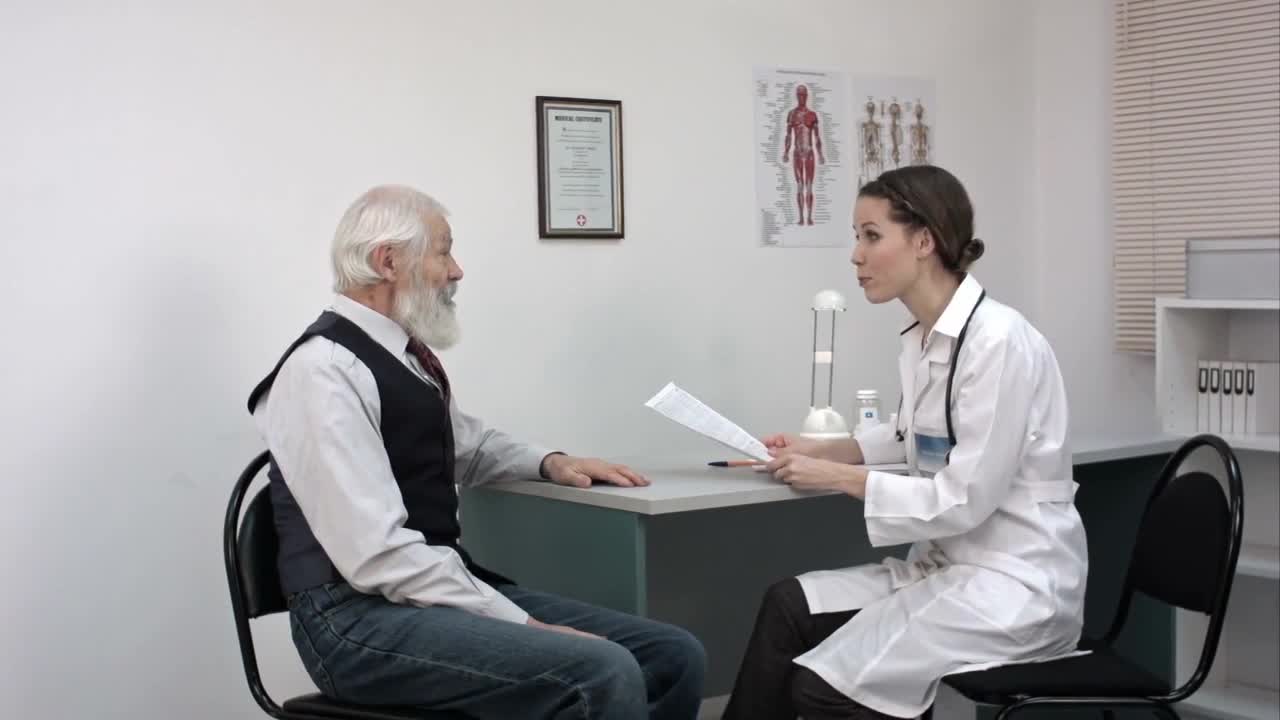(WXYZ) — Technology is becoming a bigger part of how we manage our health. From tracking numbers to interpreting results, digital tools are changing the conversation.
See the full report from Keenan in the video below
As more people turn to technology for health answers, it's also raising questions about how much we should rely on them.
Americans are ordering tests at home, using smartphones and smartwatches to count their steps, and using AI chatbots to answer questions.
While healthcare providers are applauding the engagement, they are warning of the risks.
"It helps me to monitor my health, my heart rate, and also keep on track to my steps. My goal every day is at least to walk 10,000 steps," Julius Lawrence said of his smartwatch.

He told me the data helps keep him moving and motivated.
"Even if I'm going out of town or just randomly walking somewhere," he said.
A 2024 survey found that 66% of American adults use health-related devices and 72% have adopted health-related apps, just like Ivan Carter and his workout partners.
"Keep track of everything. Heart rate, time, distance, things like that," Carter said. "And the next time you try to get better."

That's the right way to use these tools, according to Rahul Ladhania, an assistant professor of health informatics at the University of Michigan.
"Look over trends as opposed to looking over a specific point in time," he said.
Ladhania says these devices can be powerful tools, especially for that basic information, but urges caution when relying on more advanced readings - like heart rhythm.
"They are, in a way, capturing just a small part of an overall clinical profile. And oftentimes there can be a lot of variations in how it's captured," he said.
He says device accuracy can vary, according to the quality of the software, sensors and the environment.
Others are taking control by using direct-to-consumer lab testing, which is forecasted to grow at a rate of more than 22% a year by 2031.
"Sometimes there's a whole risk of false positives, especially for inexpensive tests. That's a big challenge," Ladhania said.

Those test reports are often loaded with medical jargon, which AI can help decode.
"Having a tool which can interpret them, absolutely, I think, that's useful because why work with jargon which can be problematic than something more human-like and more understandable," Ladhania said.
But, he warns chatbots can also misinform and cause unnecessary anxiety.
So, why are Americans leaning more heavily on technology? One reason – the growing difficulty of seeing an actual person.
"Wait times at primary care physicians or to have your annual physical are inordinately long," Ladhania said.
According to a survey of nearly 1,400 medical offices in 15 major metro areas, the average wait to see a physician was 31 days. up 19% from 2022 and up 48% from 2004. Metro Detroit tied for the fourth-longest wait time at 38 days.
Ladhania says technology can help patients feel more in control of their health and highlight issues to raise with providers, but wearables, at-home tests and AI are no substitute for medical guidance or a good understanding of your body.




